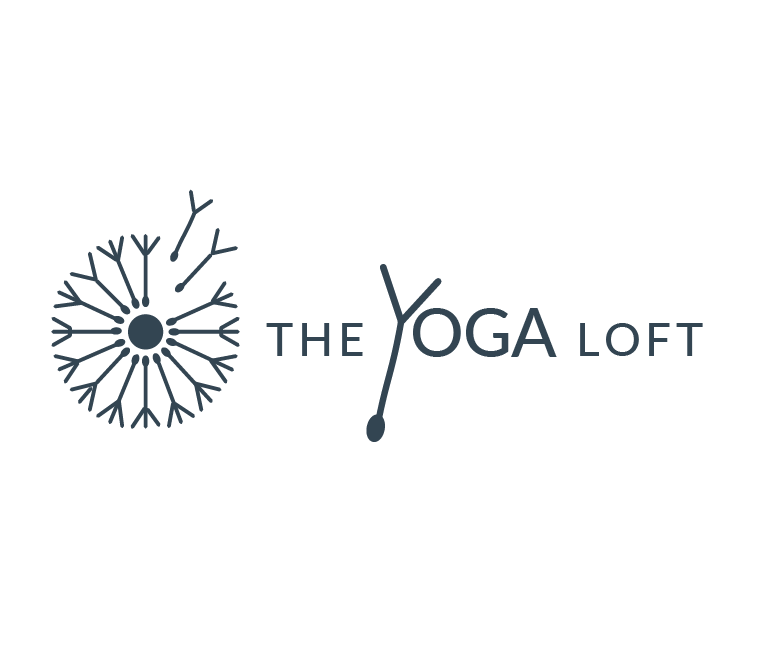Understanding the Deep Benefits of Yoga: A Comprehensive Guide
What is Yoga and its history?
Yoga is an ancient practice that originated in India and is believed to have been developed thousands of years ago.
It combines physical postures, breathing exercises, and meditation to promote physical and mental well-being.
The word "yoga" comes from the Sanskrit word "yuj," meaning yoke or unite, symbolizing the connection of body, mind, and spirit.
Yoga is not just about exercise but also about creating harmony between the mind and body.
Throughout history, yoga has evolved into various forms and styles, each with unique emphasis and benefits.
The physical benefits of yoga
Yoga offers various physical benefits that can improve your overall well-being. These benefits include increased flexibility and strength, improved posture, enhanced balance, and better body awareness.
Yoga also helps reduce chronic pain and increase energy levels. It can also aid in weight management and promote better sleep.
Additionally, yoga has been found to lower blood pressure and improve cardiovascular health. These physical benefits can be achieved through regular yoga, combining different postures, breathing techniques, and relaxation exercises.
The mental and emotional benefits of yoga
Yoga has been proven to be effective in promoting mental and emotional well-being. Practicing yoga helps reduce stress, improve mood, and increase feelings of relaxation and calm.
According to research published in the Journal of Alternative and Complementary Medicine, yoga can significantly reduce symptoms of anxiety and depression.
In addition, regular yoga practice can help enhance mindfulness and self-awareness, leading to a more positive outlook on life.
Understanding different types of yoga practices
Yoga comes in different types, each with its benefits and focus. Here's a brief overview of some common types:
Hatha Yoga:
Focuses on physical postures and breathing exercises.
Vinyasa Yoga:
Emphasizes the coordination of breath and movement, often in a flowing sequence.
Iyengar Yoga:
It uses props like belts, blocks, and walls to perfect alignment in postures.
Bikram Yoga:
Involves a series of 26 challenging poses in a heated room.
Ashtanga Yoga:
Focuses on a predetermined sequence of postures linked with breath.
Yin Yoga:
A slow-paced practice where poses are held for longer periods, targeting the deep connective tissues.
Each type offers unique benefits, so it's important to explore and find what best suits your needs and preferences.
How to start a yoga practice
Starting a yoga practice can seem overwhelming, but it doesn't have to be. Here are a few simple steps to help you begin:
Find a suitable space: Look for a quiet and peaceful area in your home or a local yoga studio where you can practice without distractions.
Choose the right gear: You don't need much to get started, just comfortable and flexible clothing and a yoga mat to provide cushioning and grip.
Start with basic poses: Begin with beginner-friendly poses such as Child's Pose, Downward-Facing Dog, and Mountain Pose to build strength and flexibility gradually.
Breathing exercises: Focus on your breath by practising deep breathing techniques to centre yourself and relieve any stress or tension.
Start slow and be patient: Don't rush into advanced poses; take your time to learn the basics, and progress at your own pace. Remember, yoga is about the journey, not the destination.
With these simple steps, you can begin your yoga practice and start experiencing the deep benefits it provides.
The importance of proper breathing techniques
Proper breathing techniques are essential in yoga because they help to increase oxygen flow in the body, promoting relaxation and reducing stress.
Inhaling deeply through the nose and exhaling slowly through the mouth can help calm the mind and improve focus during yoga.
Incorporating these breathing techniques can also enhance the mind-body connection, allowing for a more mindful and meditative experience during yoga sessions.
Yoga for stress relief and relaxation
Yoga is effective in reducing stress and promoting relaxation.
Practising yoga can help lower the levels of the stress hormone cortisol in the body, leading to a sense of calm and tranquillity.
The deep breathing techniques and gentle movements of yoga can also help to relax the mind and body, reducing anxiety and promoting relaxation.
Additionally, yoga can improve sleep quality, which is essential for managing stress and achieving overall well-being.
Yoga and its impact on overall well-being
Yoga offers a variety of benefits that can improve your overall well-being. Some of the key impacts of practising yoga include:
Stress reduction: Yoga can help alleviate stress by promoting relaxation and mindfulness.
Improved flexibility and strength: Regular yoga can enhance flexibility and strengthen muscles.
Enhanced respiratory function: The breathing exercises in yoga, known as pranayama, can improve your lung capacity and oxygen intake.
Mental clarity and focus: Yoga encourages mental focus and can help calm the mind, reducing anxiety and improving concentration.
Better sleep: Engaging in yoga regularly can promote better sleep quality and duration.
Incorporating yoga into daily life
Yoga can be easily incorporated into your daily routine by setting aside a specific time each day for practice.
Start with short sessions, even 10-15 minutes, to make it manageable. You can also consider joining a class for guidance and motivation. Incorporating yoga into your daily life can improve flexibility, reduce stress and tension, increase strength, and a greater sense of calm and well-being.
Conclusion and summary
Now that you have learned about the deep benefits of yoga, it's time to wrap everything up.
This comprehensive guide gives you insights into how yoga can improve your physical strength, flexibility, and mental well-being. From stress relief to better sleep quality, yoga offers many benefits.
As you continue your yoga journey, remember to be patient with yourself and embrace the holistic approach of this ancient practice. Embracing yoga as a lifestyle can lead to a healthier, more balanced existence.

